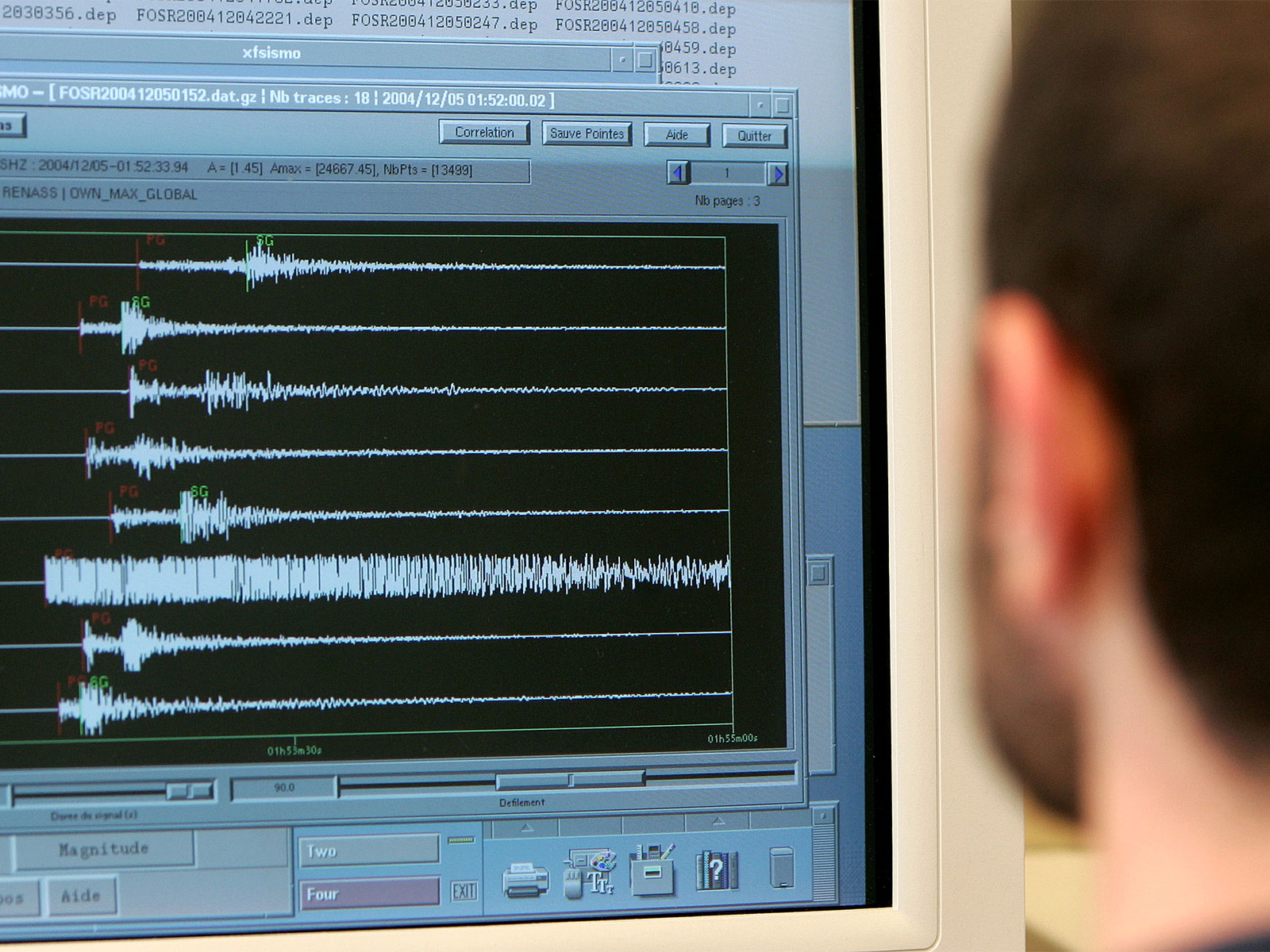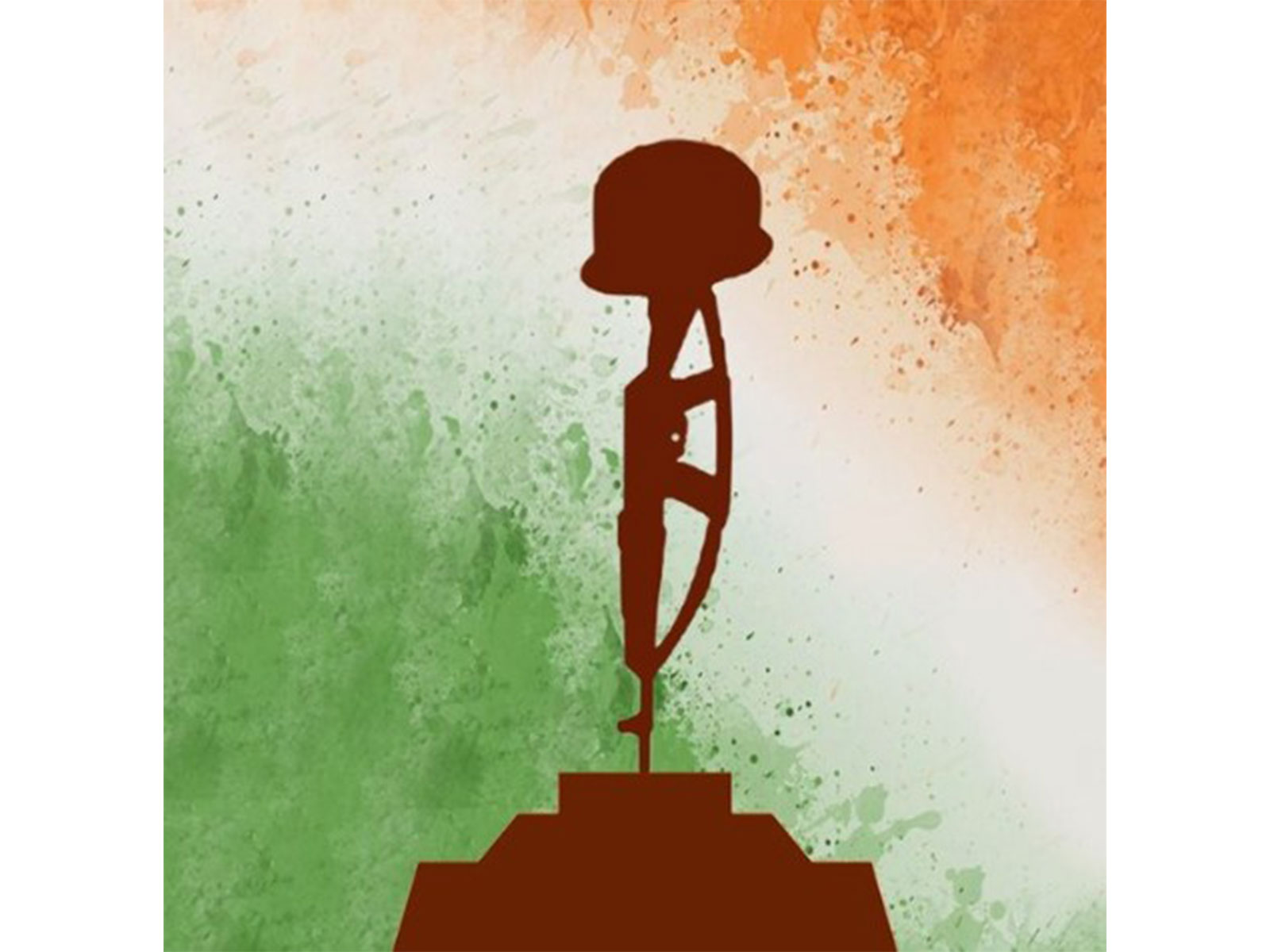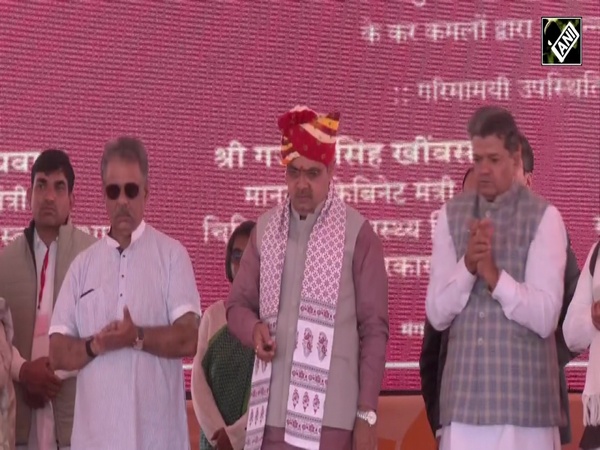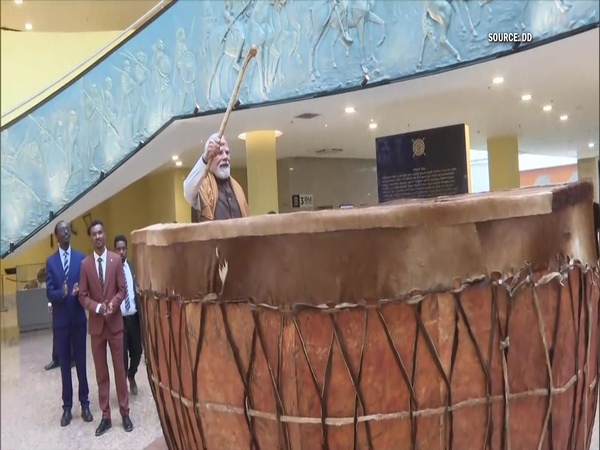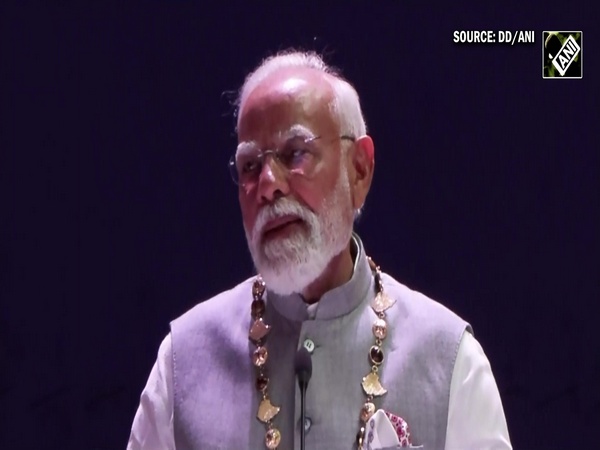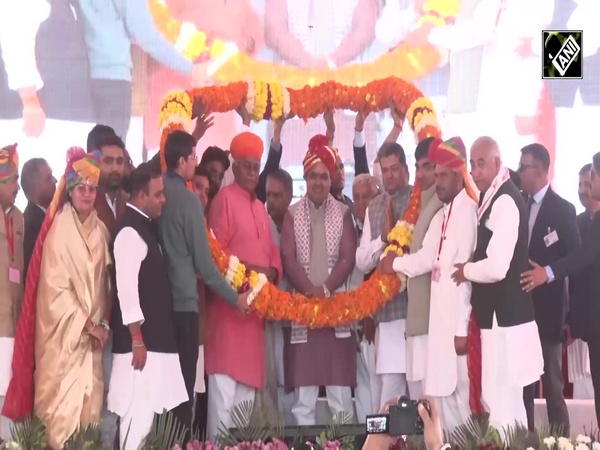Indian variant B.1.617 overtaking rest of variants, mutation a global concern: NTAGI
May 20, 2021

By Joymala Bagchi
New Delhi [India], May 20 : Currently among four variants widely found, the B.1.617, which is dominating the Indian topography has emerged as a global concern following its infectivity and transmitting capacity.
Out of B1617 three sublineages have been found, which are B.1.617.3, B.1.617.1 and B.1.617.2. The last two were first detected in December 2020 whereas B.1.617.3 was the first sublineage of this variant to be detected in October 2020 in India.
Other variants are UK variant known as 501Y.V1, or B.1.1.7 lineage, a South African variant known as 501Y.V2 or B.1.351 lineage and a Brazilian variant known as 501Y.V3 or P.1 lineage.
Dr NK Arora, Chair of the COVID-19 working group of National Technical Advisory Group on Immunisation (NTAGI) said, "Variant is very important and currently among four variants, Indian variant, that is, B.1.617 is overtaking rest of the variants. It is circulating in the country which has three sublineages. Out of the four variants variant 617 has overtaken all other variations at the moment. People are worried that if it goes out globally it will spread very rapidly."
"At the moment one of the major issue is variants or mutations. Mutation is not a national but a global problem. All over the world people are worried because the vaccines have been rolled out but if vaccines are not effective against these mutations or the variants then one will have to work. So at a larger scale four things are very important for variants of mutations which are being studied," added Dr Arora.
He further raised several questions, "What is the spread of the variants in a particular geographical region, what is its clinical behaviour, what kind of immune response does it produce, is there a risk of reinfection more frequently or it provides good quality immune function, are these vaccines effective against these variants and the diagnosis?"
Last year at the time when the virus broke it had spread pan-India and Maharashtra was hit badly with most reported cases of which almost close to 20 per cent cases were showing the trace of 'double mutant' and the Indian variant called B.1.617 lineage.
On March second week in Delhi 28 per cent of samples had UK variant where on in the fourth week of March the percentage scaled upto 50 per cent, National Centre for Disease Control (NCDC) data reveals.
"Individual does not benefit and also we do not need huge numbers. We need to be very strategic such as where there is a massive outbreak, where there is breakthrough after the vaccination, where there is reinfection rate," observed Dr. Arora.
On April 1 India had one lakh cases and on April 30 the load swirled to 4.14 lakhs with maximum numbers could be seen on May 7. "It spreads very rapidly and very large segment of the population is affected. It has disrupted the Indian health system," said Dr Arora.
INSACOG that brings together 10 different National Laboratories to propel genome sequencing and surveillance was notified in mid-January and started functioning in mid-February.
Genomic sequencing is taking place, lot of good work has been done. Different labs are also working on how effective the current vaccines are by looking at the immune response and how effective it is in neutralising the virus, says the expert.
Dr Arora added, "We are also looking at it that how our vaccine manufacturer can take this information to modify their vaccine, which is more appropriate for Indian setting that's a very important component. And all these issues are being taken up and every synchronised manner in the country."
According to the Union Health Ministry, India reported 2,76,070 new covid cases, 3,69,077 discharges and 3,874 deaths in last 24 hours.
